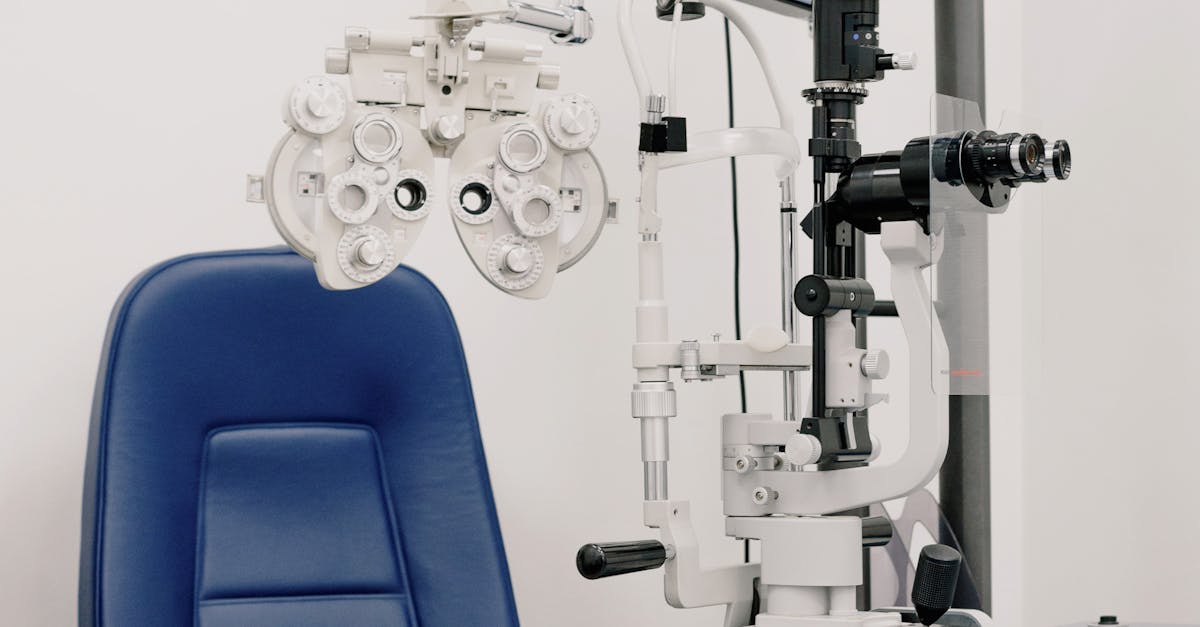Medical Care Facility company Oak Street Health surged to $20.38 and marked a 9.2% change this morning. In comparison the S&P 500 moved only 0.3%. OSH is -42.41% below its average analyst target price of $35.39, which implies there is more upside for the stock. As such, the average analyst rates it at buy. Over the last year, Oak Street Health has underperfomed the S&P 500 by 31.0%, moving -49.7%.
Oak Street Health, Inc., together with its subsidiaries, offers healthcare services to the patients in the United States. The company is categorized within the healthcare sector. The catalysts that drive valuations in this sector are complex. From demographics, regulations, scientific breakthroughs, to the emergence of new diseases, healthcare companies see their prices swing on the basis of a variety of factors.
Oak Street Health does not publish either its forward or trailing P/E ratios because their values are negative -- meaning that each share of stock represents a net earnings loss. But we can calculate these P/E ratios anyways using the stocks forward and trailing (Eps) values of $-1.71 and $-1.98. We can see that OSH has a forward P/E ratio of -11.9 and a trailing P/E ratio of -10.3.
As of the third quarter of 2022, the average Price to Earnings (P/E) ratio for US healthcare companies is 13.21, and the S&P 500 has an average of 15.97. The P/E ratio consists in the stock's share price divided by its earnings per share (Eps), representing how much investors are willing to spend for each dollar of the company's earnings. Earnings are the company's revenues minus the cost of goods sold, overhead, and taxes.
The main limitation with P/E ratios is that they don't take into account the growth of earnings. This means that a company with a higher than average P/E ratio may still be undervalued if it has high projected earnings growth. Conversely, a company with a low P/E ratio may not present a good value proposition if its projected earnings are stagnant.
When we divide Oak Street Health's P/E ratio by its projected 5 year earnings growth rate, we obtain its Price to Earnings Growth (PEG) ratio of -0.26. Since a PEG ratio of 1 or less may indicate that the company's valuation is proportionate to its growth potential, we see here that investors are undervaluing OSH's growth potential .
To better understand the strength of Oak Street Health's business, we can analyse its operating margins, which are its revenues minus its operating costs. Consistently strong margins backed by a positive trend can signal that a company is on track to deliver returns for its shareholders. Here's the operating margin statistics for the last four years:
| Date Reported | Total Revenue ($) | Operating Expenses ($) | Operating Margins (%) | YoY Growth (%) |
|---|---|---|---|---|
| 2021-12-31 | 1,432,600,000.0 | 1,844,300,000.0 | -28.74 | -33.18 |
| 2020-12-31 | 880,600,000.0 | 1,070,600,000.0 | -21.58 | -19.89 |
| 2019-12-31 | 556,600,000.0 | 656,800,000.0 | -18 | 24.4 |
| 2018-12-31 | 317,938,000.0 | 393,649,000.0 | -23.81 | n/a |
- Average operating margins: -23.0 %
- Average operating margins growth rate: -9.6 %
- Coefficient of variability (lower numbers indicate less volatility): 19.5 %
Oak Street Health's financial viability can also be assessed through a review of its free cash flow trends. Free cash flow refers to the company's operating cash flows minus its capital expenditures, which are expenses related to the maintenance of fixed assets such as land, infrastructure, and equipment. Over the last four years, the trends have been as follows:
| Date Reported | Cash Flow from Operations ($) | Capital expenditures ($) | Free Cash Flow ($) | YoY Growth (%) |
|---|---|---|---|---|
| 2021-12-31 | -197,200,000.0 | -81,300,000.0 | -278,500,000.0 | -183.89 |
| 2020-12-31 | -77,200,000.0 | -20,900,000.0 | -98,100,000.0 | -17.91 |
| 2019-12-31 | -55,500,000.0 | -27,700,000.0 | -83,200,000.0 | 17.96 |
| 2018-12-31 | -75,365,000.0 | -26,046,000.0 | -101,411,000.0 | n/a |
- Average free cash flow: $-140,302,750.00
- Average free cash flown growth rate: -61.3 %
- Coefficient of variability (lower numbers indicating more stability): 65.9 %
If it weren't negative, the free cash flow would represent the amount of money available for reinvestment in the business, or for payments to equity investors in the form of a dividend. While a negative cash flow for one or two quarters is not a sign of financial troubles for OSH, a long term trend of negative or highly erratic cash flow levels may indicate a struggling business or a mismanaged company.
Oak Street Health is by most measures overvalued because it has a negative P/E ratio, no published P/B ratio, and an irregular stream of negative cash flows with a downwards trend. The stock has poor growth indicators because it has a a negative PEG ratio and consistently negative operating margins that are increasing. We hope you enjoyed this overview of OSH's fundamentals. Make sure to subscribe to our free newsletter for daily equity reports.


